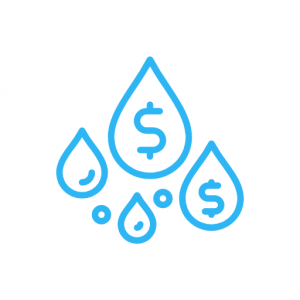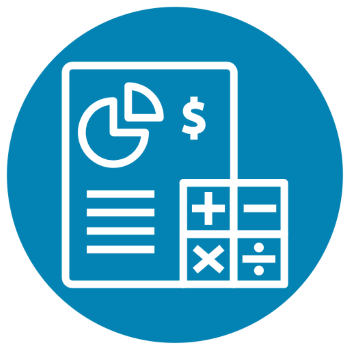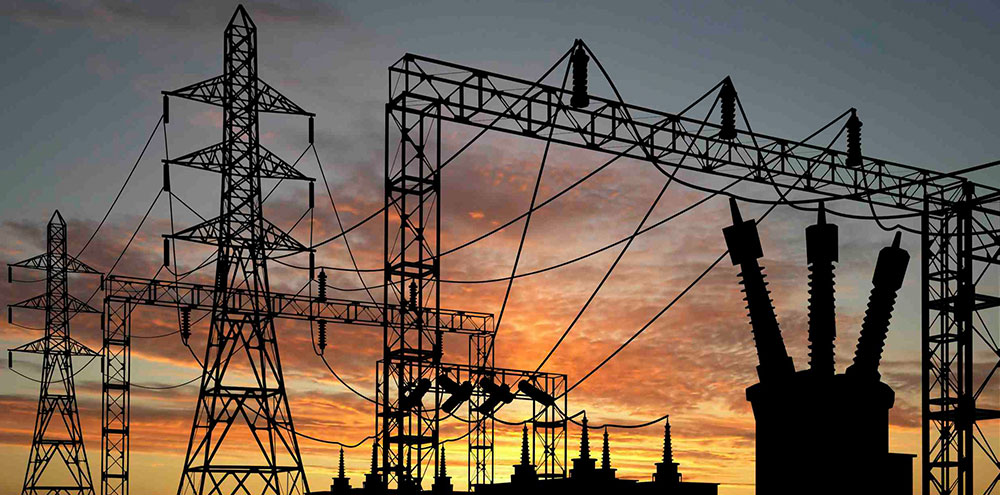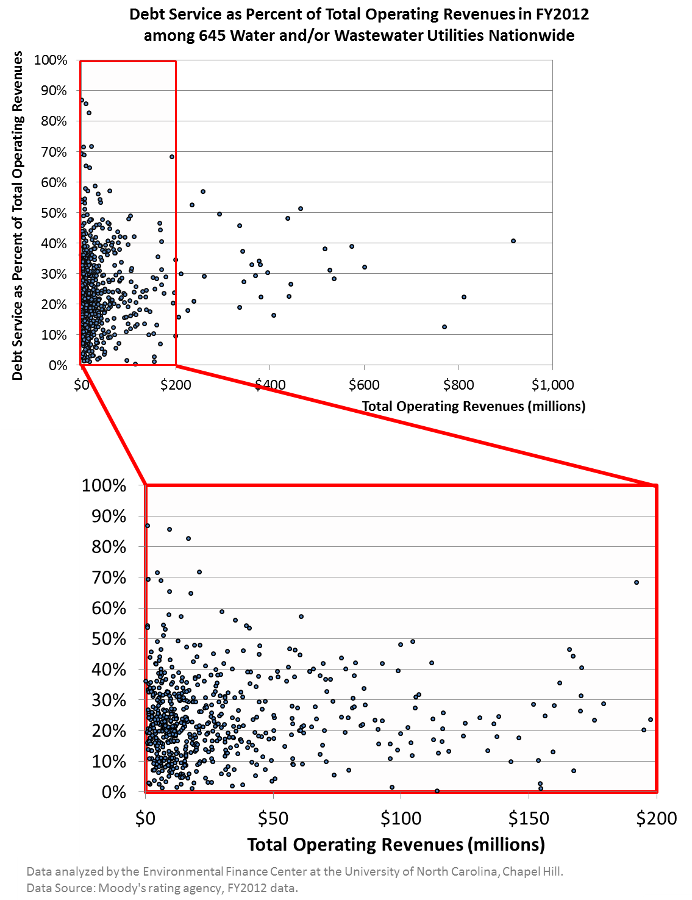What is a revenueshed?
A revenueshed is the geographic area within which revenue is generated for a defined purpose. It’s a play on words of watershed, an area that drains all water to a common outlet. The purpose of the revenueshed is to model methods of revenue generation for a designated funding goal using new and existing mechanisms. The revenueshed also expands those who pay beyond the traditional polluter pays model by incorporating additional beneficiaries into the model. For example, rather than using solely the boundary of a watershed to source funding for a water quality project, a wider boundary could be drawn to include local governments holding drinking water allocations for the specified water body[1].









